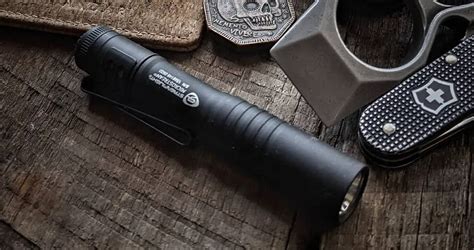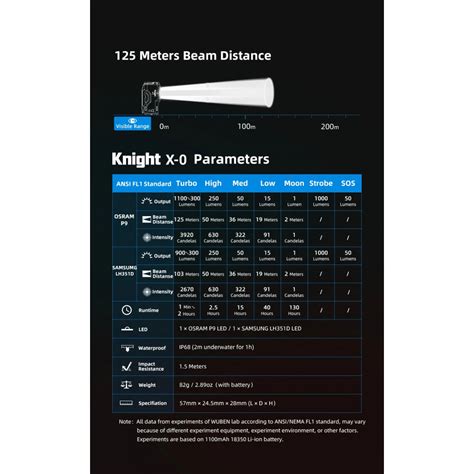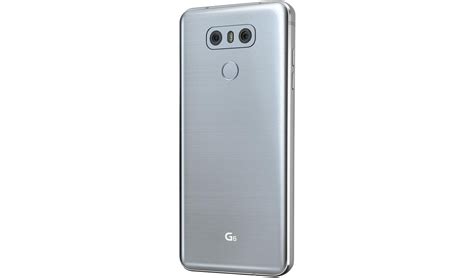The EDC Flashlight Conundrum: Brightness vs. Battery Life
For many men, an Every Day Carry (EDC) flashlight is an indispensable tool, a compact beacon ready to illuminate the unexpected. However, the pursuit of the ‘perfect’ EDC light often leads to a common dilemma: how to balance raw brightness (measured in lumens) with the practical necessity of long battery life. Marketing often emphasizes high lumen counts, but for an EDC tool, sustained usability often trumps momentary brilliance.
A truly optimal EDC flashlight isn’t just about the peak number on the spec sheet; it’s about providing versatile, reliable light for a variety of everyday tasks without leaving you in the dark when you need it most. Striking this balance is key to selecting a compact light that genuinely serves its purpose.
Deconstructing Lumens: What Do the Numbers Mean?
Lumens quantify the total amount of visible light emitted by a source. In flashlights, higher lumen numbers generally mean brighter light. But what do these numbers practically translate to for an EDC user?
- Under 50 Lumens: Ideal for close-up tasks like reading a map, finding something in a bag, or navigating a dark room without disturbing others. Excellent battery life.
- 50-200 Lumens: A good general-purpose brightness for most indoor and close-range outdoor tasks. Offers a balance of visibility and runtime.
- 200-500 Lumens: Sufficient for illuminating a path, searching a backyard, or general utility work. This range often represents the practical ‘sweet spot’ for sustained EDC use.
- 500-1000+ Lumens: High-output for outdoor searches, identifying distant objects, or momentary defensive applications. These ‘turbo’ modes consume battery rapidly and generate significant heat.

The Allure of High Lumens
There’s no denying the appeal of a flashlight capable of blasting 1000+ lumens. Such power can temporarily disorient an aggressor, illuminate objects hundreds of feet away, or cut through dense fog. For situational awareness in potentially dangerous environments or for searching vast areas, high lumens offer a significant advantage.
However, this raw power comes at a cost. Sustaining ultra-high lumen outputs quickly drains batteries, often reducing runtime to mere minutes. Furthermore, intense heat generation can force the flashlight to ‘step down’ its output to protect its electronics, meaning that advertised peak brightness may only be available for a very short duration.
Prioritizing Battery Life for Dependable EDC
For an EDC tool, reliability is paramount. A flashlight that dies after 15 minutes of use, no matter how bright it was initially, is far less useful than one that provides hours of practical illumination. Most everyday tasks – finding dropped keys, navigating a dark parking lot, or looking under the hood of a car – do not require thousands of lumens.
Instead, they demand consistent, accessible light. A flashlight with well-regulated lower and medium modes (e.g., 50-300 lumens) can provide hours of practical light, ensuring it’s ready when you truly need it. This sustained performance is crucial for an item carried daily.
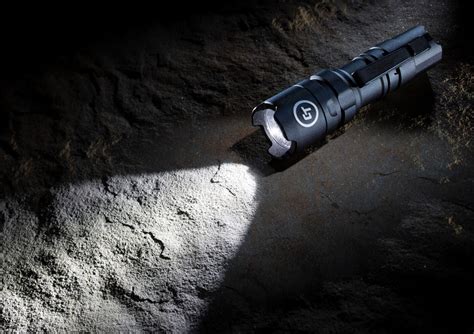
The “Compact” Factor: Size and Power Sources
The term “compact” is vital for an EDC flashlight. It implies a light that can comfortably fit in a pocket or on a keychain without being cumbersome. This compactness directly impacts battery choice; smaller flashlights typically use smaller batteries like AA, AAA, 16340, or 18350 cells.
These smaller power sources have finite capacities, which further intensifies the brightness vs. battery life trade-off. A larger flashlight could theoretically sustain higher outputs for longer, but that defeats the purpose of an EDC. Therefore, maximizing efficiency with the chosen battery size becomes critical for optimal performance.
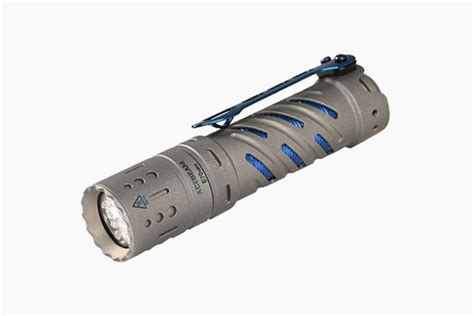
Defining the Optimal Lumen Output Range
Considering the need for both brightness and battery life in a compact EDC package, the optimal lumen output range isn’t a single number but rather a versatile set of modes.
For most men, an EDC flashlight should ideally offer:
- A Primary, Sustained Mode: In the range of 300-600 lumens. This provides ample light for navigating streets, identifying objects at moderate distances, or general work, with a respectable runtime of 1-3 hours depending on the specific flashlight and battery. This is the workhorse output.
- Lower Utility Modes: Multiple modes from 5-150 lumens for close-up tasks, extended reading, or when discretion and maximum battery life are prioritized (often providing runtimes of 10+ hours to days).
- A Momentary “Turbo” Mode: Ranging from 800-1200+ lumens. This mode should be easily accessible for quick bursts when maximum output is needed for self-defense, long-range identification, or briefly overwhelming an area. Critically, this mode is not meant for sustained use due to heat and battery drain.
Therefore, the optimal compact EDC flashlight for men prioritizes a strong, usable primary output (300-600 lumens) while retaining the capability for both ultra-low and ultra-high (800-1200+) momentary bursts. It’s about versatility within a single compact package.
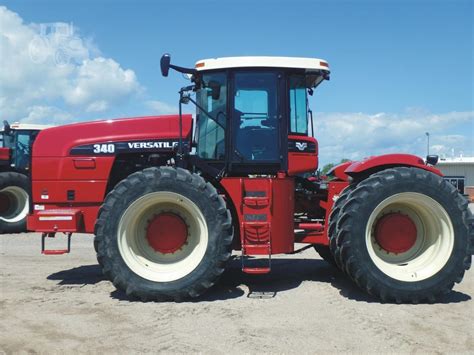
Beyond Lumens: Other Crucial Features
While lumens are a significant factor, they aren’t the only metric for an optimal EDC. Consider these additional features:
- User Interface (UI): An intuitive UI that allows easy access to different modes without cycling through unnecessary options.
- Beam Profile: A balanced beam, offering both a usable hotspot for distance and sufficient spill for peripheral vision.
- Durability: Water and impact resistance (IPX rating and drop rating) are essential for an everyday tool.
- Power Source: Rechargeable batteries (like 18650, 16340) are convenient, but consider models that can also accept widely available disposable batteries (AA, AAA) as a backup.
- Pocket Clip: A robust, deep-carry pocket clip is vital for secure and discreet carry.
Conclusion
For a compact EDC flashlight marketed towards men who prioritize both brightness and battery life, the optimal lumen output range lies in versatility. It’s not about maximizing a single number, but about having a practical, sustained primary output of 300-600 lumens, supported by lower utility modes for extended runtimes, and an easily accessible “turbo” burst of 800-1200+ lumens for critical moments. This multi-mode approach ensures the flashlight is both powerful when needed and reliable for the everyday, making it a truly indispensable tool for the modern man.
